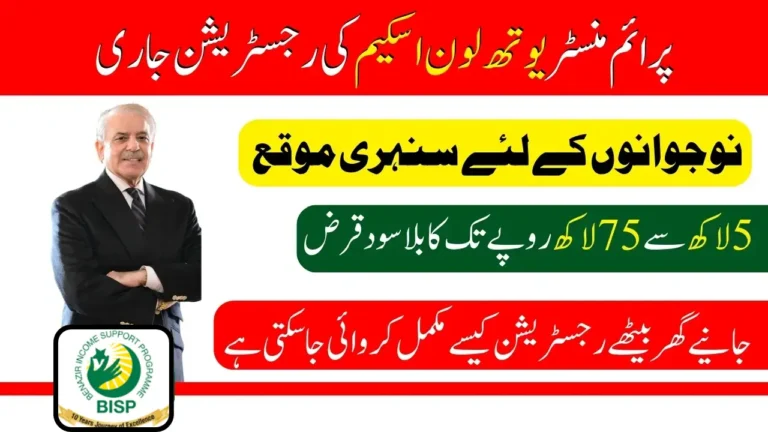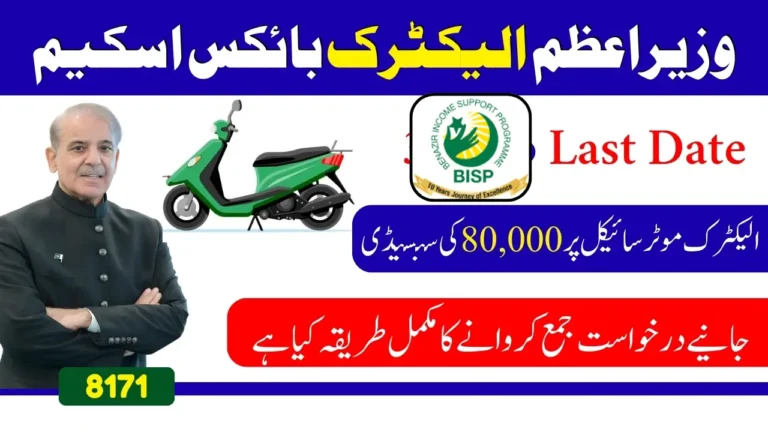Punjab E-Taxi Scheme Repayment Terms — Complete Guide for Applicants
Punjab E-Taxi Scheme Repayment Terms are an essential factor for anyone considering participation in the government’s initiative to promote electric taxis. The scheme is designed to modernize urban transportation, reduce carbon emissions, and provide financial support for drivers and fleet owners across Punjab. Understanding these repayment terms is critical for applicants to plan their finances effectively and make the most of this opportunity.
With increasing interest in eco-friendly transportation, many drivers are exploring the benefits of switching to electric taxis. The program provides subsidized loans and structured repayment plans, ensuring applicants can afford their new vehicles without overwhelming financial pressure. This guide will break down the key aspects of the scheme, including eligibility, loan structure, repayment terms, and government support.
 Also read
Also read
Purpose and Benefits of the Punjab E-Taxi Scheme
The Punjab E-Taxi Scheme aims to encourage the adoption of electric vehicles (EVs) in the commercial transport sector. Traditional taxis often consume large amounts of fuel and contribute significantly to air pollution. Electric taxis, on the other hand, offer lower operational costs, reduced maintenance, and a smaller carbon footprint.
The government’s support through loans and subsidies helps drivers invest in modern electric taxis while ensuring affordability. By understanding Punjab E-Taxi Scheme Repayment Terms, applicants can evaluate monthly financial obligations and plan for long-term sustainability. The scheme not only benefits individual drivers but also contributes to cleaner urban environments.
 Also read
Also read
Eligibility Criteria for Applicants
Not every individual is eligible for the Punjab E-Taxi Scheme. Applicants typically must meet the following conditions:
- Be a permanent resident of Punjab.
- Aged between 21 and 55 years.
- Possess a valid driving license suitable for commercial vehicles.
- Maintain a clean financial and criminal record.
- Be registered with a ride-hailing or taxi network if required.
Preference is often given to unemployed individuals or those transitioning from conventional taxis, creating economic opportunities for new drivers while promoting the use of electric vehicles.
 Also read
Also read
Loan Structure and Financial Assistance
The financial assistance provided under the scheme includes loans that cover a significant portion of the electric vehicle’s cost. Applicants are required to contribute part of the upfront cost, while the remaining amount is financed through the scheme. Government subsidies further reduce the financial burden and make EV ownership feasible.
Key points about the financial structure include:
- Loan covers a major portion of the vehicle cost.
- Subsidies reduce initial investment requirements.
- Flexible repayment schedules allow drivers to manage monthly expenses.
By clearly understanding Punjab E-Taxi Scheme Repayment Terms, applicants can prepare realistic budgets and avoid financial strain.
 Also read
Also read
Repayment Terms Simplified
The repayment plan is designed to be flexible and manageable. Key aspects include:
- Repayment Tenure: Typically between 3 to 5 years.
- Monthly Installments: Calculated based on the financed amount and tenure.
- Grace Period: A 3–6 month period before repayment begins, giving drivers time to earn income.
These terms are structured to ensure applicants can repay loans without disrupting daily operations or personal finances.
Financial Example for a Typical Electric Taxi
The table below illustrates a simplified financial example of a typical EV taxi under the scheme:
| Component | Amount (PKR) |
|---|---|
| Vehicle Price | 1,500,000 |
| Applicant Contribution | 450,000 |
| Government Subsidy | 150,000 |
| Loan Amount | 900,000 |
| Monthly Installment | 15,000 |
| Repayment Period | 60 Months |
| Grace Period | 3 Months |
This example highlights how contributions, subsidies, and loan amounts work together, providing a clear picture of the financial obligations under Punjab E-Taxi Scheme Repayment Terms.
Application Process Overview
Applying to the scheme is a straightforward process:
- Register Online: Enter personal information and CNIC details.
- Upload Documents: Submit CNIC, driving license, proof of residence, and photographs.
- Select Vehicle: Choose from a list of approved electric taxi models.
- Loan Review: The bank verifies the applicant’s eligibility and financial details.
- Approval and Disbursement: Once approved, the loan is disbursed, and repayment schedules are shared.
The fully digital application ensures transparency and reduces delays, helping applicants quickly access funds and start operating their electric taxis.
![]() Also read
Also read
Government Support and Additional Benefits
Applicants also receive several benefits beyond the loan:
- Partial subsidy on vehicle cost.
- Assistance with vehicle registration.
- Insurance coverage for the taxi.
- Guidance for joining ride-hailing platforms.
These supports reduce upfront expenses and make the switch to electric taxis both practical and affordable.
Monitoring and Compliance
To ensure accountability, all vehicles financed under the scheme are monitored through GPS and tracking systems. This ensures that the taxis remain operational and loan repayments are made on time. Regular monitoring also allows authorities to track the scheme’s effectiveness in promoting sustainable transportation.
Conclusion
The Punjab E-Taxi Scheme provides a valuable opportunity for drivers and fleet owners to transition to electric vehicles while minimizing financial stress. By offering subsidized loans, flexible repayment schedules, and additional support, the government encourages sustainable urban mobility and economic empowerment.
Understanding Punjab E-Taxi Scheme Repayment Terms is key to making an informed decision, planning finances, and ensuring success in the e-taxi sector. Applicants who carefully assess their repayment capacity and benefits can take full advantage of this innovative program, paving the way for cleaner, more profitable, and environmentally friendly taxi operations.
 Also read
Also read







